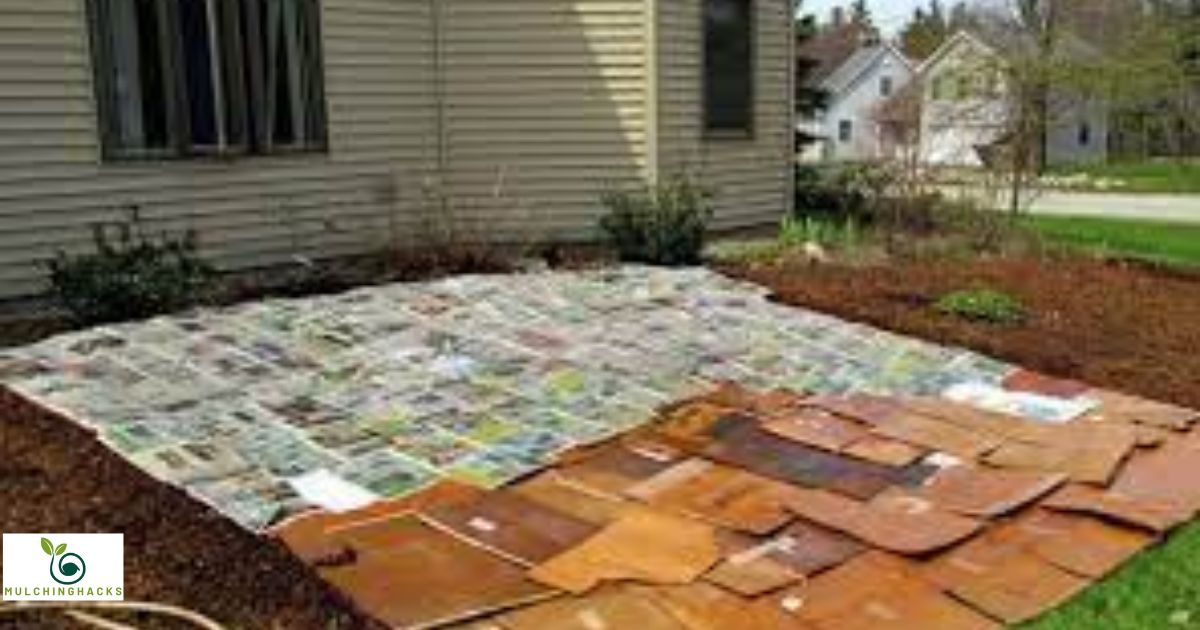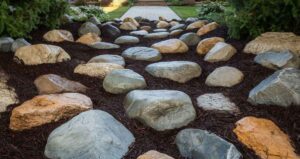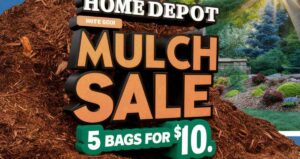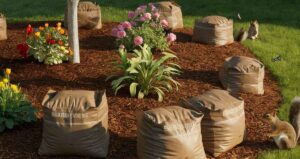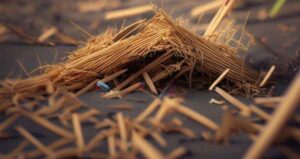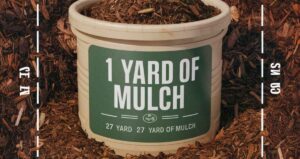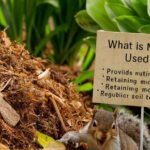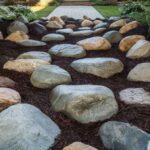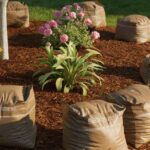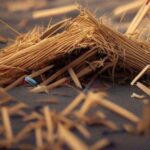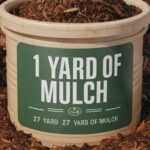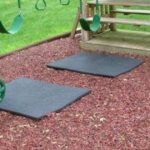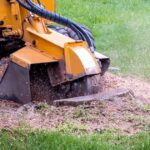When you want to eliminate unwanted grass under your mulch, various options exist, such as using landscape fabric, cardboard, or newspaper. These materials smother and inhibit grass growth.
Tired of battling relentless grass under your mulch? This comprehensive guide will walk you through the strategies and materials to use to reclaim your garden beds. What To Put Under Mulch To Kill Grass? From the basics of landscape fabric to the approach of cardboard.
To eliminate grass beneath mulch, try landscape fabric, which blocks sunlight and hinders grass growth. options include cardboard or wet newspaper layers beneath the mulch removing grass. Regular maintenance is essential to ensure a grass-free garden
Comparison TableTo Put Under Mulch To Kill Grass
Here’s a quick reference table to help you decide which method is right for you:
| Method | Effectiveness | Cost | Eco-Friendly | Installation Ease |
|---|---|---|---|---|
| Landscape Fabric | High | Moderate | No | Easy |
| Cardboard | Moderate | Low (usually free) | Yes | Easy |
| Newspaper | Moderate | Low (usually free) | Yes | Easy |
What is the best mulch to stop grass growing?
If your goal is to prevent grass from growing in a particular area, using an effective mulch can be a good strategy. To inhibit grass growth, you’ll want a mulch that is thick, compact, and can block sunlight and airflow to the soil. Here are some mulch options to consider:
Cardboard or Newspaper
Laying down a thick layer of cardboard or several sheets of newspaper (about 6-10 sheets) can smother grass and weeds. Make sure to wet it down and cover it with another type of mulch (like wood chips or straw) to hold it in place.
Rock or Gravel
Using decorative rocks or gravel as mulch can also prevent grass from growing. These materials don’t allow grass to penetrate through, but they can heat up in the sun, which may affect the temperature of the soil.
Landscaping Fabric
Landscape fabric is a synthetic material designed to block sunlight and prevent weed and grass growth. It’s often used in conjunction with another type of mulch, like wood chips or stone.
Plastic Sheeting
Plastic sheeting or weed barrier fabric can be laid down before adding other mulch types. This creates a strong barrier against grass growth
It’s important to note that no mulch is entirely permanent, and over time, some grass or weeds may still find a way to grow through or around it. Regular maintenance and keeping an eye on the mulched area are essential to ensure
Does vinegar kill grass?
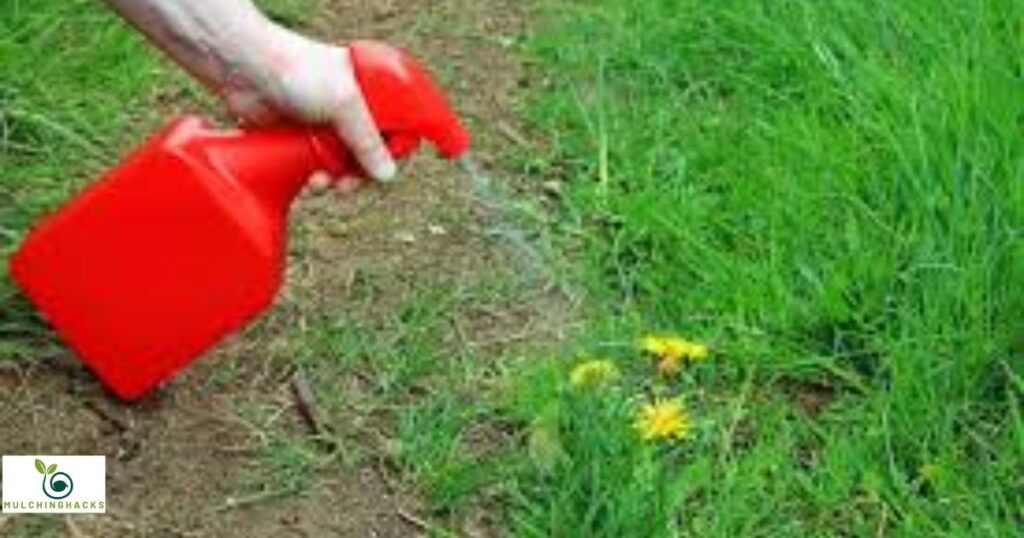
Vinegar is a common household item known for its versatility, but did you know it can also be employed as a natural herbicide to tackle unwanted grass and weeds in your garden or landscape?
Understanding Vinegar’s Impact on Grass
Using vinegar as a grass killer entails understanding how its active ingredient, acetic acid, interacts with plant life. This section delves into the science behind vinegar’s herbicidal properties and its impact on grass.
Practical Steps for Using Vinegar as a Grass Killer
For those seeking a non-chemical approach to weed and grass management, this section provides practical steps and guidelines for safely using vinegar in your battle against unwanted vegetation.
How do you make homemade grass killer?
Taking a more natural and cost-effective approach to garden and lawn care, crafting your homemade grass killer can be a rewarding endeavor. In this guide, we will unveil a simple recipe for a DIY grass killer that utilizes common household ingredients
The Science Behind Homemade Grass Killers
The components and mechanisms at play are essential when venturing into DIY grass-killer territory. In this section, we’ll delve into the science behind the key ingredients and how they work together to thwart grass and weeds.
Creating Your Homemade Grass Killer
This section provides clear, step-by-step instructions for concocting your grass-killing potion, using readily available items you likely have at home. From mixing the solution to safely applying it in your garden or landscape, we’ll walk you through the process.
How do I stop my grass from growing?
To stop grass from growing in a specific area, you can use various methods, depending on your long-term goals and the extent to which you want to prevent grass growth. Here are several approaches to consider
Physical Removal
The most direct method is to physically remove the existing grass in the area you want to prevent further growth. You can use a shovel or a sod cutter to cut and remove the grass and its roots.
Mulch or Ground Cover
Applying a thick layer of mulch, such as wood chips, straw, or rocks, can create a barrier that prevents grass from growing. Ensure that the mulch is at least 3-4 inches thick to block sunlight and airflow to the soil.
Landscape Fabric or Cardboard
Lay down landscape fabric or cardboard as a barrier over the area where you want to inhibit grass growth. These materials block sunlight and prevent grass from sprouting. Cover the fabric or cardboard with mulch to improve aesthetics.
Chemical Herbicides
If you prefer a chemical approach, you can use herbicides specifically designed to prevent grass growth. Consult with a local garden center or nursery for recommendations on suitable herbicides for your region.
Solarization
Solarization is a natural and chemical-free method. Cover the area with clear plastic sheeting, securing the edges with soil or rocks. Leave it in place for several weeks during hot, sunny weather. The heat trapped under the plastic will kill the grass and weeds.
Repeated Mowing and Maintenance
Continuously mowing the grass in the area to a very short height can weaken it over time. Regularly removing the top growth and preventing it from photosynthesizing can eventually lead to grass decline.
Change the Soil Conditions
Altering the soil conditions can deter grass growth. For example, you can make the soil more acidic or alkaline, or you can amend it with organic matter to make it less suitable for grass.
Install Hardscaping
If you want to create a permanent solution and completely prevent grass from growing, consider installing hardscaping features like patios, walkways, or gravel paths. This will cover the soil and eliminate the potential for grass growth.
It’s important to choose the method that best suits your needs and long-term goals. Keep in mind that maintaining a grass-free area may require ongoing effort, as grass seeds can be carried by wind or animals and may try to establish themselves again.
What is the best tool to remove grass?
Selecting the right tool for removing grass is crucial to the efficiency and success of your landscaping or gardening project. Whether you’re clearing a new garden bed, edging your lawn, or completely renovating your landscape, the choice of tools can make a significant difference. Traditional Tools for Grass Removal.
When it comes to the tried-and-true methods of grass removal, these traditional tools have a place in various landscaping tasks. Learn about their uses and limitations to determine which one suits your project best.
Mechanical Aids for Large-scale Projects
For those facing extensive grass removal tasks, mechanical aids can offer efficiency and speed. Discover the powerful tools that make quick work of clearing substantial areas, saving you time and energy.
Precision Tools for Delicate Work
When precision and finesse are required, you’ll want to explore the tools designed for intricate grass removal. These options are ideal for detailed landscaping tasks or when you need to work in tight spaces without disturbing nearby plants or structures.
conclusion
To suppress grass under mulch, start by using cardboard or layers of newspaper as an initial barrier to block sunlight. This will smother the existing grass and prevent new growth. Follow this with a thick layer of mulch, such as wood chips or straw, to maintain the suppression. Regular maintenance and monitoring are essential to ensure long-term success, making it a smart and eco-friendly approach to creating weed-free areas in your garden or landscape.
